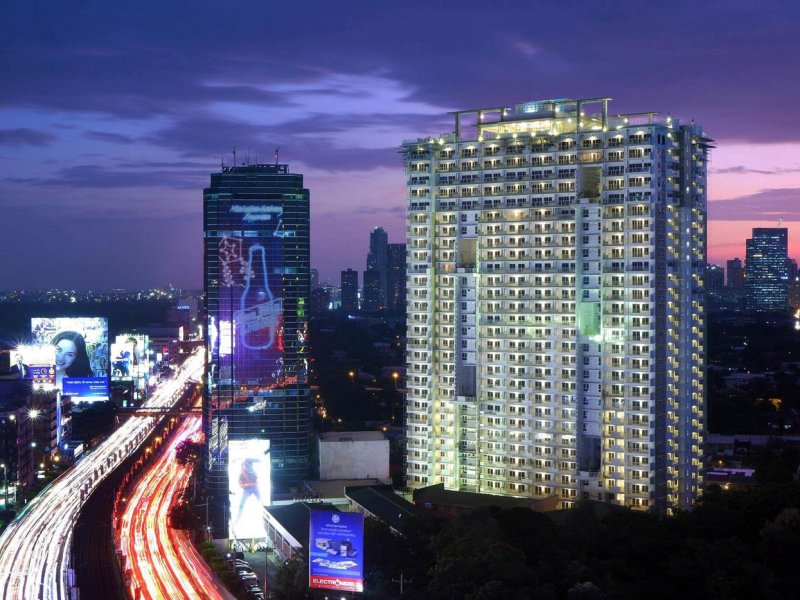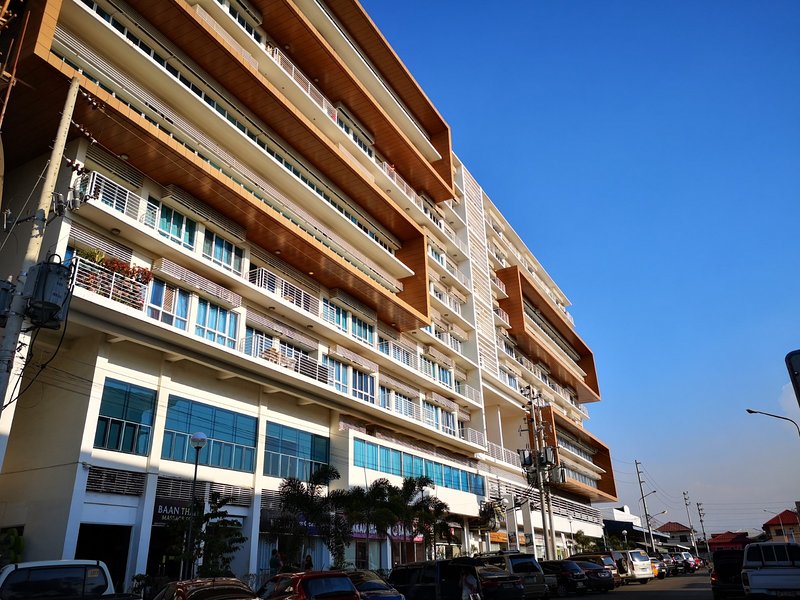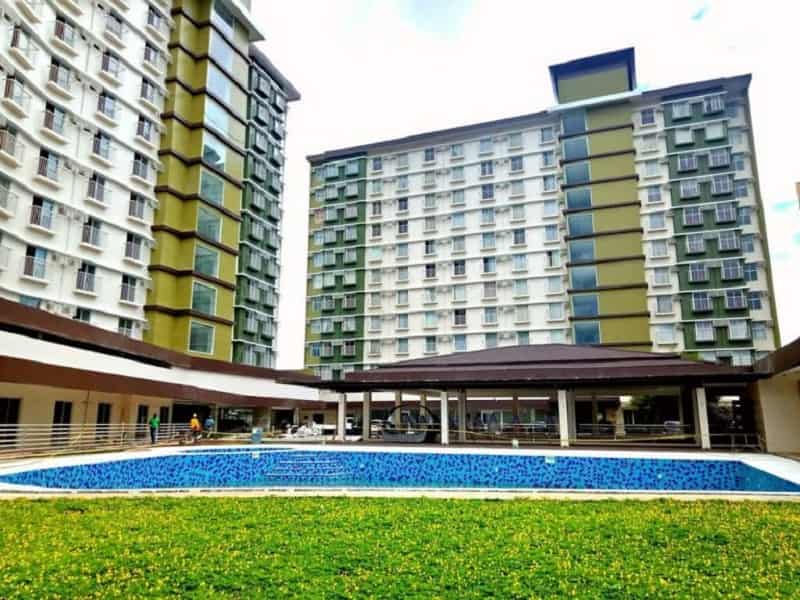
Simply two or three years back, some of the warm products that we can supply as inexpensive housing were these condominium conversion communities, so prominent in Singapore. There appeared the most effective offers readily available; the designers offered aid by supplying workplace to financing policemans from home mortgage firms and financial institutions, so they could straight help their buyers in safeguarding the fundings.
These were the happy times of the 100% financing, with developers assuming all shutting costs, plenty of “motivations” such as paying off the initial 6 months or the first year of condominium maintenance charges, “updating” the transformed Singapore condos with stainless steel devices, redoing the floorings, the cupboards, you name it.
The condo conversions are primarily rental residential properties with a couple of or hundreds of houses, which are acquired by a developer. Going through lawful procedures, making some called for manual labor on the home, would certainly allow the financiers to change the lawful condition of the rental neighborhood from one Singapore residential or commercial property to several separately owned “condominium systems”.

Beginning around 2000/2001, this was just one of the best markets for builders as well as real estate investors. Characteristic bought at an average of $ 60,000 or $70,000 each, (this is just an example), would certainly be sold at rates floating in the $ 200,’s to $250’s and also much more. Payments paid to real estate representatives were eye-catching and also everybody seemed fairly pleased with the scenario. Key elements were the organizations created by the programmers to market and also sell their items, along with the unusual complacency of the lenders.
Buyers appeared pleased. Customers authorized the developers’ agreements providing a little deposit, which frequently left no space for home loan contingency after 30 days. Yet as a whole, every little thing relocated efficiently and also new house owners were happily inhabiting these devices by the thousands. Everybody thought that it was a fantastic way of “achieving the American imagine home-ownership”. This went on till concerning the end of 2006, dragging through the very first months of 2007.
Fast forward to November 2008. I get a call from a possible customer that wishes to be shown a condo. I examine the listing and also figure out that it is situated in an apartment conversion in Pembroke Pines, which was rather preferred at the height of the “bubble”. In 2006, a two-bedroom unit at this area was costing around $ 250,000.
The possible purchaser pointed out 3 more listings in the exact same facility. All four units are short sales or bank-owned foreclosures. I established the showings and meet my customer at the place. I observe right away a profusion of join several systems: mostly AUCTIONS posters, repossession notifications, property “for sale” indicators. It appeared like practically every little thing there was available. I show the condos and in most of them, close to the back entrances, tiny ant’s piles were the indication of affliction and also abandon. Some of the systems hadn’t been occupied for months, as confirmed by the state of carpets and also bathrooms.
The location is convenient; the basic condition of the structures is good. So what’s incorrect?
The real asking prices ranged around $ 90,000 to $ 110,000. After speaking to the listing representatives, I feel that they hadn’t gotten way too many deals and also my sensation is that these areas might go for as low or perhaps less than $ 80,000.
That’s regarding a third of what they were selling a little bit greater than two years earlier. Amazing? Not quite. That’s the point.

That can pay for these modest $ 80,000 residences? Generally, and based on the standards of Fannie Mae, someone whose family revenue floats in the month-to-month gross $3,000. (No more than 28% of the gross income can be committed to spend for the regular monthly home mortgage, insurance, taxes) When they were valued at $ 250,000, this monthly earnings should have remained in the $7,000. Otherwise, purchasers might have been in problem sooner or later. But no one was focusing, obviously.
Come and visit their page for more information about Singapore condo maintenance fee.
